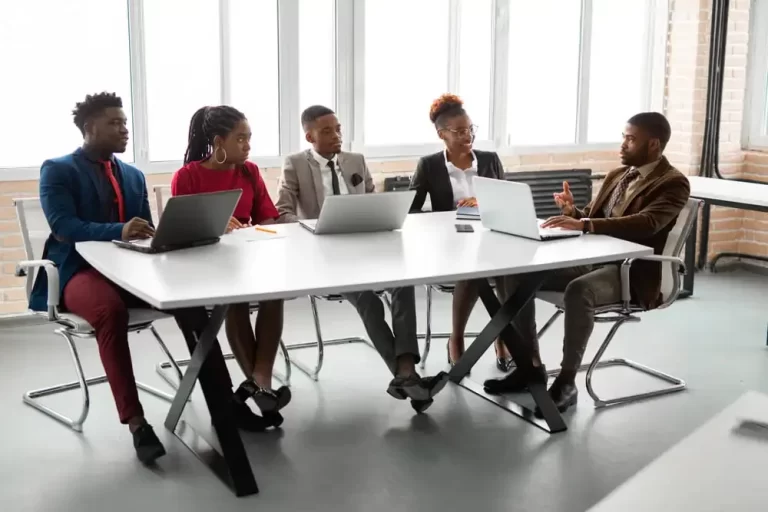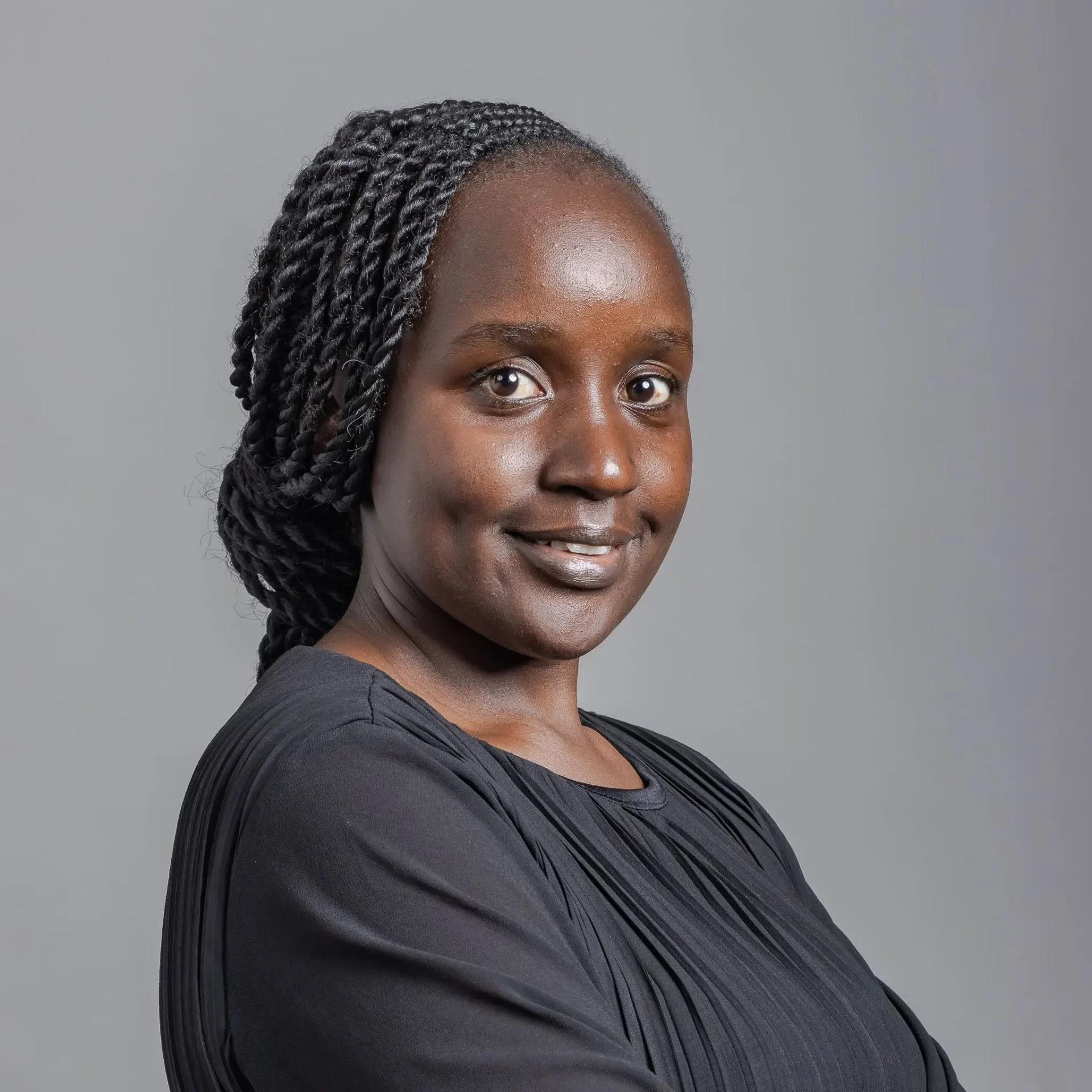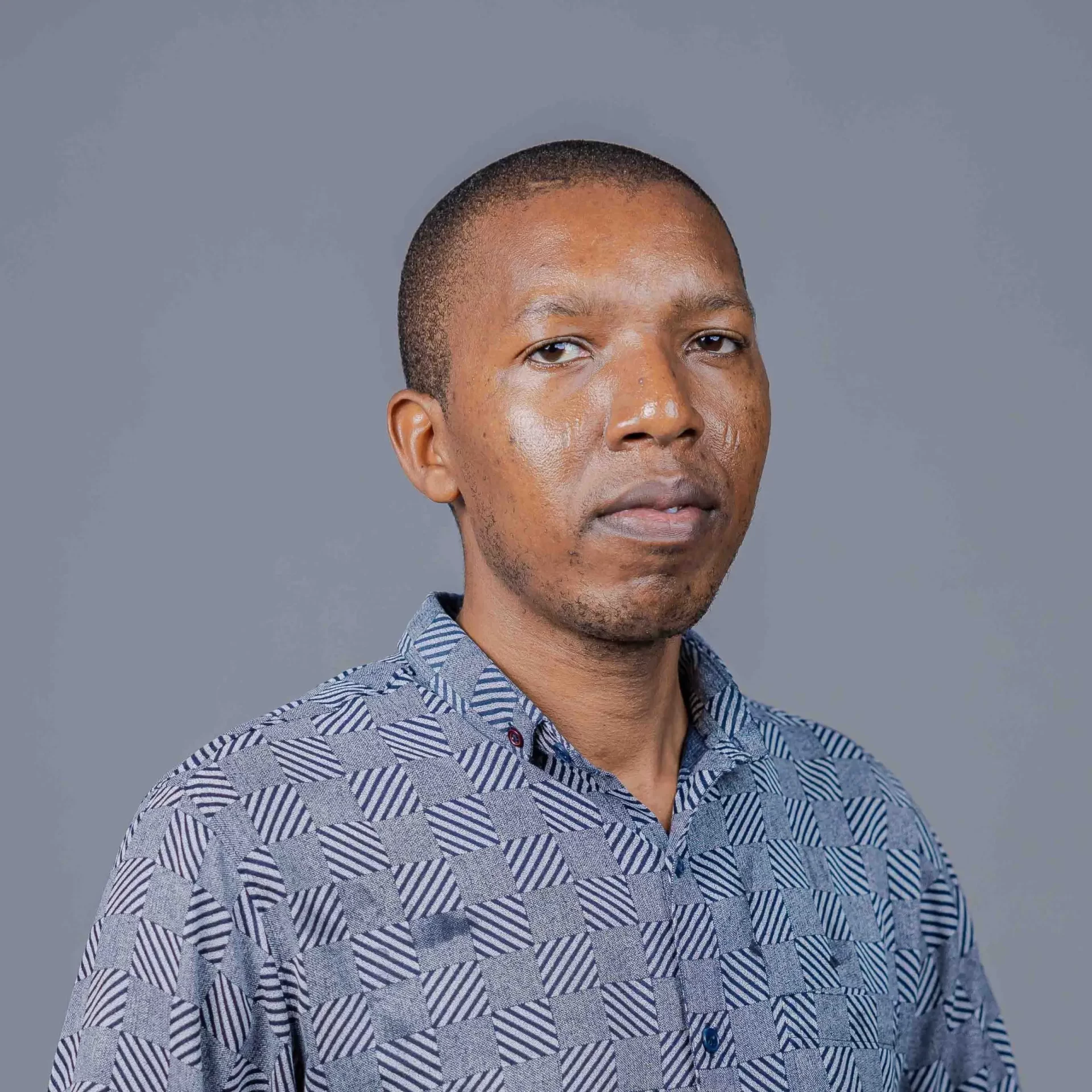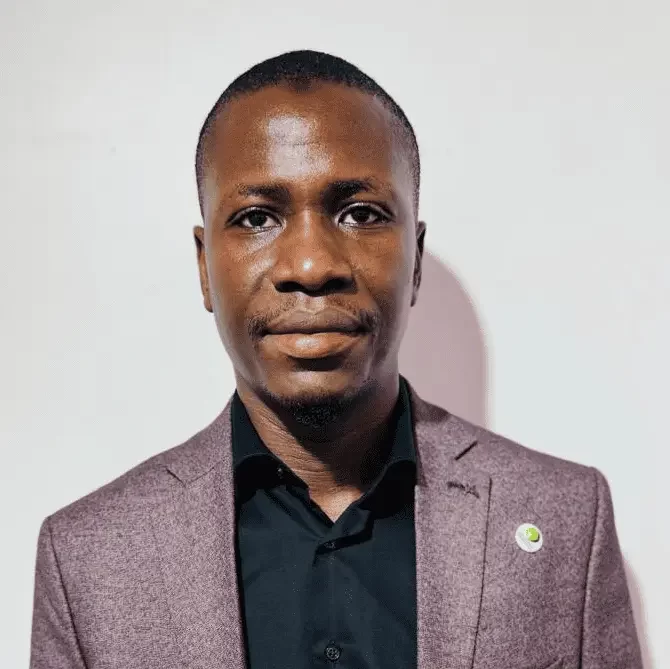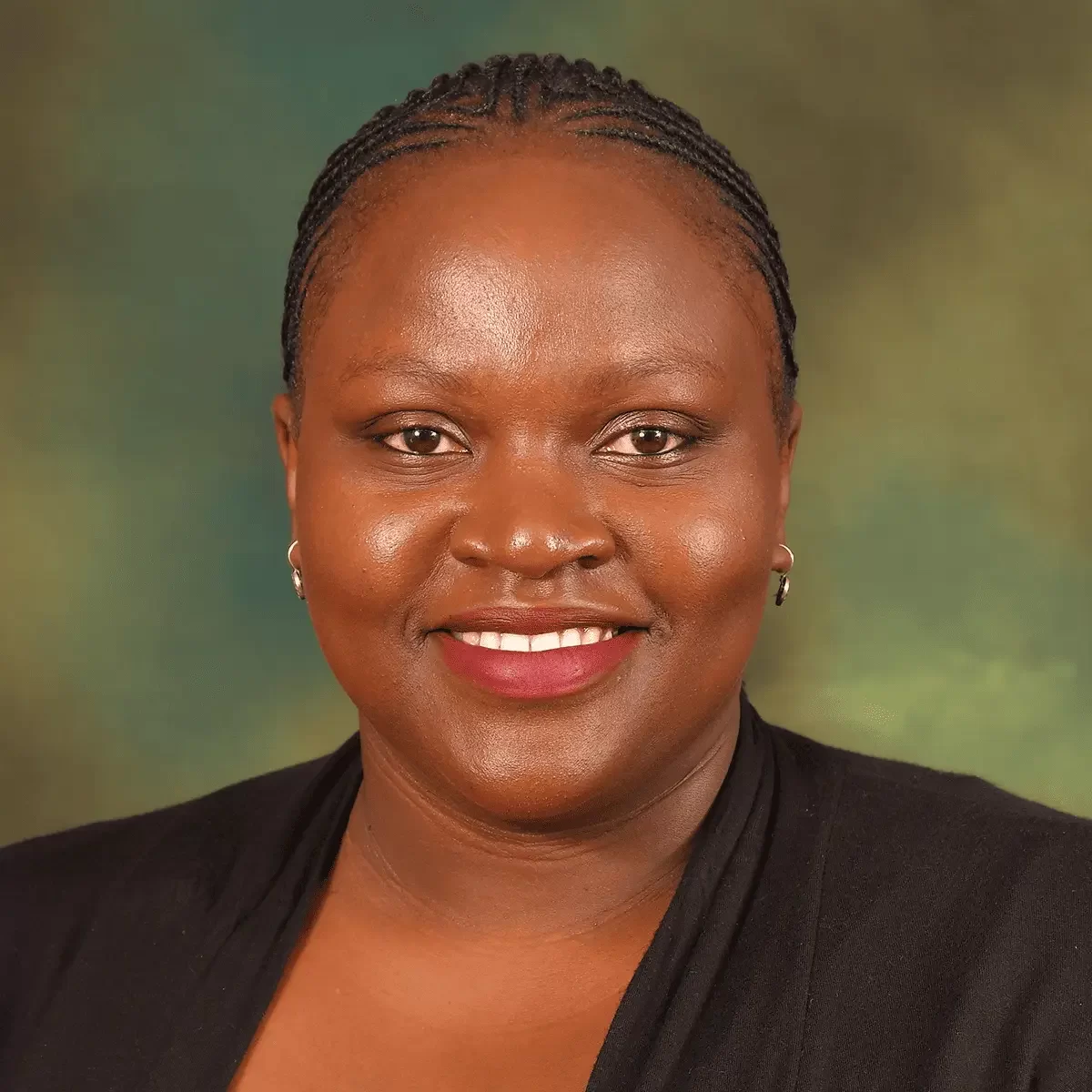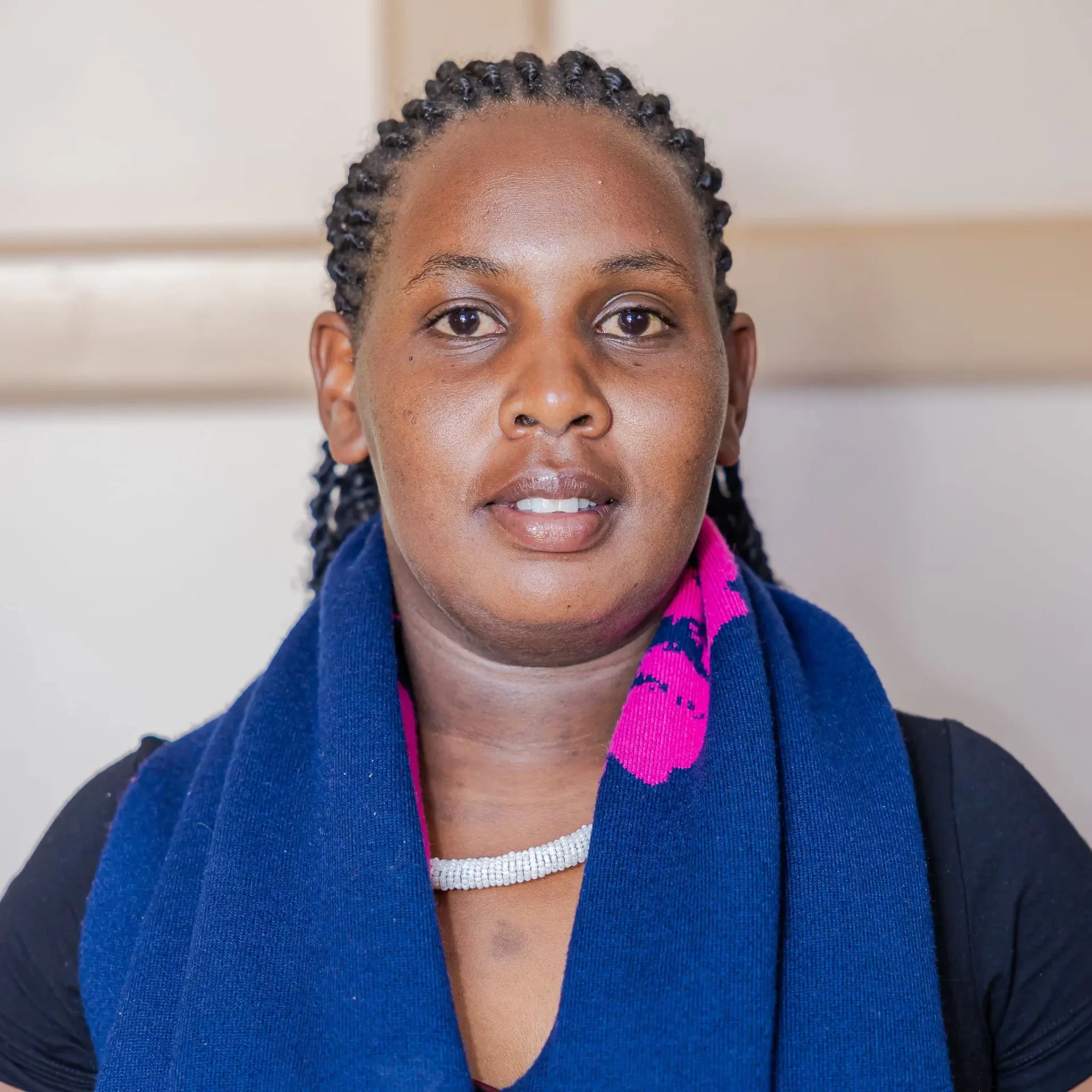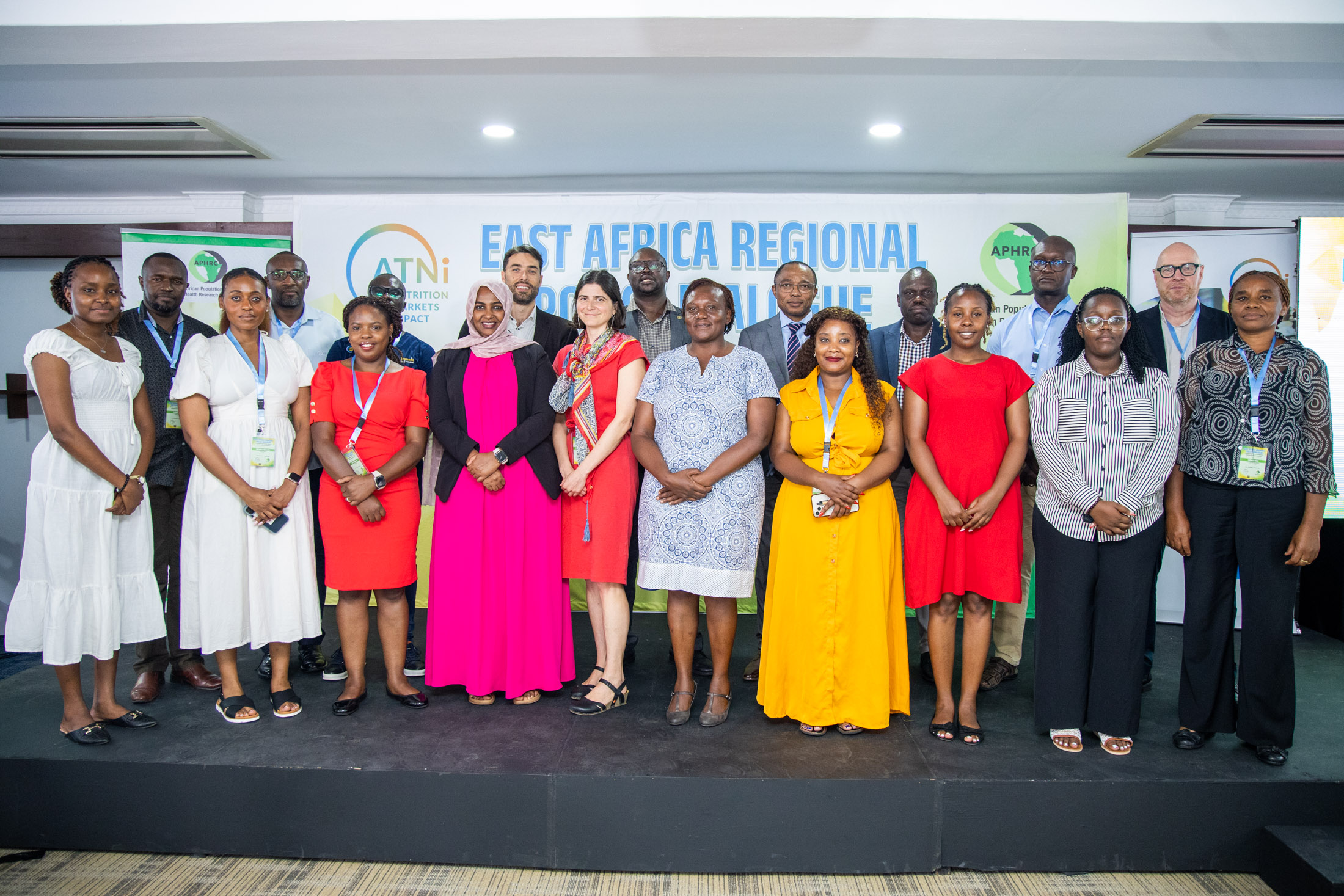Action needed to tackle rising threats to young people’s health and wellbeing
NAIROBI/GENEVA, May 21 2025– By 2030, there will still be over 1 billion of the world’s adolescents (aged 10-24 years) living in countries where preventable and treatable health problems like HIV/AIDS, early pregnancy, unsafe sex, depression, poor nutrition and injury collectively threaten the health and wellbeing of adolescents, suggests a new analysis from the second Lancet Commission on adolescent health and wellbeing.
Commission co-chair, Professor Sarah Baird, George Washington University (USA), says: “The health and well-being of adolescents worldwide is at a tipping point, with mixed progress observed over the past three decades. Whilst tobacco and alcohol use have declined and participation in secondary and tertiary education has increased, overweight and obesity have risen by up to eightfold in some countries in Africa and Asia over the past three decades, and there is a growing burden of poor adolescent mental health globally. Additionally, the challenges faced by the world’s adolescents are at risk of being exacerbated by emerging global issues, including climate change, world conflicts, and a rapid transition to a more digital world.
Insufficient and uneven progress
A decade since the first Lancet Commission on adolescent health and wellbeing was published in 2016 [1], there have been global improvements in education, and in reducing global rates of smoking and alcohol use. However, progress has been undermined across many areas of adolescent health by the COVID-19 pandemic and a chronic lack of funding.
In a novel analysis using data from the 2021 Global Burden of Disease study [2], the Commission estimates that nearly 1.1 billion adolescents were living in countries where preventable and treatable health problems like HIV/AIDS, early pregnancy, unsafe sex, depression, poor nutrition and injury remain a daily threat to their health, wellbeing, and life chances (which the Commission terms multi-burden countries). [3]
This compares to just under 1 billion adolescents living in multi-burden countries in 2016, indicating a lack of progress in addressing adolescent health alongside population growth. New projections suggest that, without political will, policy initiatives and financial investments, there will still be more than 1 billion adolescents living in multi-burden countries in 2030. Limited progress is evident in several critical areas impacting adolescents. The Commission estimates that nearly one-third of adolescent girls will be anemic globally by 2030, highlighting inadequate efforts to tackle this issue. Anemia can cause fatigue, hinder growth and cognitive development, and, in extreme cases, lead to organ damage, making it crucial to address for the well-being of girls.
Similarly, adolescent mental health has seen a significant decline over the past three decades in countries with available data, a trend exacerbated by the COVID-19 pandemic. In 2030, the Commission projects 42 million years of healthy life will be lost to mental disorders or suicide (2 million more than in 2015).
Additional projections indicate that one-third of adolescents in high-income countries, Latin America, and the Middle East will be overweight by 2030, underscoring the shortcomings in combating adolescent obesity. In 2030, the Commission projects that 464 million adolescents globally will be overweight or obese (143 million more than in 2015).
Commission co-chair Professor Alex Ezeh, Drexel University (USA), says: “Demographic shifts will continue to drive global progress or lack thereof in adolescent health and well-being. Africa’s share of global adolescents will increase from under 25% to more than 46% by 2100. Consequently, progress in improving the health and well-being of adolescents in Africa will increasingly determine progress in improving the health and well-being of adolescents globally. This calls for targeted attention to the needs of adolescents in Africa.”
“Despite advancements in adolescent sexual and reproductive health, education, and policy across Africa, the disproportionately low resource allocation for their overall health and well-being, particularly amidst declining foreign aid, presents a serious concern for African nations. To address this, African nations must urgently create robust, multi-sectoral programs that enhance adolescent health and well-being and invest in building robust data systems to track progress and enhance accountability accurately. Crucially, these actions must be directly informed by the voices of young Africans,” said Dr. Caroline Kabiru, Senior Research Scientist at the African Population and Health Research Center and Lancet Commissioner.
New threats to adolescent health
The Commission identifies several significant new threats to adolescent health, emphasizing that young people are navigating a rapidly changing world. Emerging challenges, such as climate change and the shift towards a more digital world, are expected to profoundly impact young people’s future health and well-being.
Today’s adolescents are the first generation to live their entire lives with the average annual global temperature of 0.5 °C higher than pre-industrial levels. By 2100, 1.9 billion adolescents will live in a world that is expected to warm around 2.8 °C above pre-industrial times, bringing catastrophic risks for their health, such as heat-related illnesses, reduction in food and water quality and availability, and a rise in mental health conditions related to climate events.
The Commission undertook a new systematic review to identify how climate change affects adolescent mental health. The review found that both quick-acting climate disasters, such as hurricanes, and slower-acting effects, such as chronic food insecurity, contribute to mental health conditions in adolescents, such as post-traumatic stress disorder, anxiety, and depression. [4]
Additionally, the Commission highlights how the digital transition offers adolescents new opportunities for social interaction, education, employment, and health promotion. However, many key social and emotional experiences now occur online, raising concerns about potential harm to their development and well-being. While the impact of the digital world, especially social media, on adolescent mental health remains highly debated with limited causal evidence, there is a need to balance early protective actions by avoiding unintended harm by overly restricting digital access.
Actions to address adolescent health and well-being
The Commission highlights that current funding for adolescent health and wellbeing is not proportionate to the magnitude of the challenge nor targeted to areas of greatest need. An analysis of financing undertaken by the Commission finds adolescent health and wellbeing make up only 2.4% of global aid, despite adolescents being 25% of the world population and making up 9% of the total disease burden. [5] The Commission’s analyses of the returns on investments in adolescence show they are on par with investments in children aged 0–9 years, and that investments in children and adolescents are associated with better returns than investments in adults. The Commission’s exploration of adolescent health challenges suggests that investment is hampered by the absence of global and national leadership, governance, and accountability for adolescent health and wellbeing, among many other factors.
This is the first global Commission to prioritize and embed meaningful adolescent and youth engagement at every stage, co-led by ten diverse Youth Commissioners – aged 23 to 35 – spanning academia, civil society, and multilateral organizations. Their lived experiences, research expertise, and leadership shaped the Commission, while Youth Solution Labs run by the Commission engaged over 200 adolescents across 36 countries to identify key priorities and develop actionable recommendations.
Youth Commissioner Dr Shakira Choonara says, “Young people are navigating a rapidly changing world, and through this Commission we’ve heard adolescents’ diverse and alarming concerns about their health and wellbeing. However, there are also opportunities—and we’ve seen first-hand, and through the Commission findings, how adolescents are already stepping up as active citizens and powerful agents of change, from leading advocacy and activism to co-designing policies that shape the future of human health and planetary health. I am deeply inspired by the change youth leaders bring to their communities and the global landscape. Investing in and engaging with our generation will build a healthier, more empowered, and better-equipped generation of future leaders.”
NOTES TO EDITORS
- Co-hosted by the Governments of Sierra Leone, Ethiopia and The Lancet, the report will be launched at a side event of the 78th World Health Assembly in Geneva on May 21st at 6pm CET. Register for the livestream here: https://adolescentsourfuture.com/global-launch-lc2025/
- For embargoed access to the Commission, please see: https://info.thelancet.com/hubfs/Press%20embargo/AdolescentHealthCommission%232.pdf
For media inquiries, please contact Michelle Mbuthia (mmbuthia@aphrc.org).
References:
[1] https://www.thelancet.com/commissions/adolescent-health-and-wellbeing
[2] https://ghdx.healthdata.org/gbd-2021
[3] The Commission defines multi-burden countries as those with more than 2,500 Disability Adjusted Life Years in adolescents per 100,000 due to communicable, maternal, or nutritional diseases.
[4] See Appendix 12 for the systematic review on climate change and adolescent well-being
[5] See Appendix 7 for the analysis of development assistance for health






